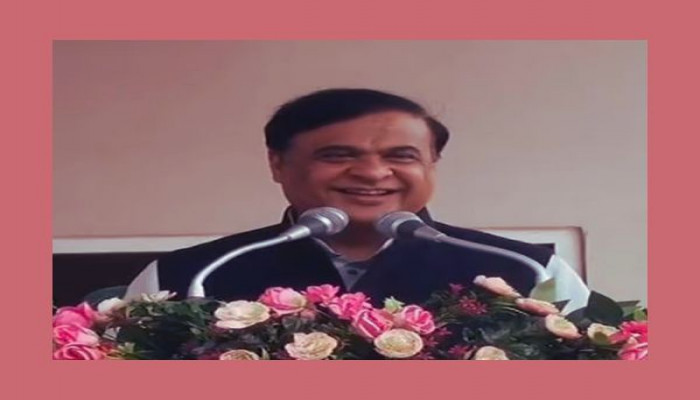Outrage in Guwahati over demolition of 'Mahafezkhana'; CM Himanta Sarma terms it 'symbol of gulami'
- In Reports
- 11:10 PM, Mar 31, 2025
- Myind Staff
The recent demolition of the historic Mahafezkhana, one of Assam’s oldest concrete structures, has ignited widespread criticism among citizens, with many accusing the government of failing to protect the city’s heritage. The structure, which stood on the banks of the Brahmaputra, was removed as part of the Brahmaputra riverfront beautification project undertaken by the Guwahati Metropolitan Development Authority (GMDA). However, the move has drawn sharp reactions from historians, social activists, and residents who argue that it was an irreplaceable part of Assam’s architectural and historical legacy.
Chief Minister Defends Demolition as End of Colonial Symbols
Defending the government’s action, Chief Minister Himanta Biswa Sarma stated on Sunday that the Mahafezkhana was a "symbol of gulami" (slavery) and not an archaeological site. “Some of the property built by the British needs to be taken down. There is no point in keeping these as they are symbols of ‘gulami,’” he asserted.
He further emphasised that similar colonial-era structures, such as the Deputy Commissioner’s (DC) bungalow and the Divisional Forest Officer’s (DFO) bungalow, also represent “poradhinota” (enslavement) and should be removed. Sarma referred to Prime Minister Narendra Modi’s stance on eliminating remnants of colonial rule, adding, “Modi ji has also said that there is no point in protecting these.”
Mahafezkhana’s Historical Significance and Public Backlash
Mahafezkhana, a record-keeping structure, is believed to have been built after 1855, as noted in the GMDA’s 2014 coffee table book, Forever Guwahati. It was recognised for its historical resilience, having survived the devastating 1897 earthquake due to its 20-inch thick walls. The 86ft by 77ft building housed vital documents, including land records, administrative orders, and maps, serving as an archive for more than 170 years. The structure was reportedly demolished about a year ago, with another building within the same premises being taken down only a few days ago, according to GMDA sources.
Citizens took to social media to express their outrage over the demolition. Prominent author Mrinal Talukdar condemned the act, posting on X, “OUTRAGEOUS! #Mahafezkhana — Assam’s oldest concrete structure (1855), possibly NE India’s oldest, razed by GMDA for a park. Survived 1897 & 1950 quakes, stood on 45-ft sal beams, wrapped in a verandah, guarding records for 170+ yrs. Now destroyed. A crime against heritage.” He further lamented, “Not a whisper, not a plaque, not a second thought — just bulldozed by the authorities, erasing one of Assam’s most important surviving physical links to its colonial and administrative past.”
Experts and Activists Decry the Loss of Heritage
Social activist and author Sanjib Kumar Borkakoti also criticised the demolition, calling it an unfortunate decision. “The demolition of Guwahati’s Mahafezkhana is unfortunate. Heritage buildings should be protected. Brahmaputra riverfront beautification could have been carried out even while keeping the structure intact,” he stated.
National award-winning filmmaker Utpal Borpujari echoed similar sentiments, highlighting society’s lack of respect for history. He wrote, “What 1897 and 1950 quakes couldn’t achieve…..we as a community have no respect for heritage and history.” He proposed that the structure could have been restored and converted into a museum-café instead of being torn down. “It could have been restored, converted to a museum-café and preserved. But who bothers? Our civil society, media - nobody speaks out on such matters to create public opinion. A few like us may do social media outraging, and that will be the end of the story,” he added.
Borpujari also pointed out the irony of the demolition, referencing the GMDA’s own coffee table book, which had praised Mahafezkhana’s architectural and historical value. He remarked, “@GMDAGuwahati, which apparently is the agency that demolished it, itself has glowing words for the building in its coffee table book on #Guwahati.”
A Debate Between Heritage and Development
The demolition of Mahafezkhana has sparked a crucial debate about the balance between urban development and heritage conservation. While the government maintains that colonial-era structures should be removed as symbols of enslavement, critics argue that historical sites should be preserved as cultural and educational landmarks. With public opinion sharply divided, the controversy raises questions about the future of other heritage sites in Assam and the broader implications of development at the cost of historical preservation.







Comments